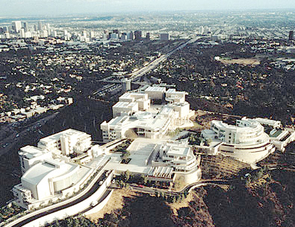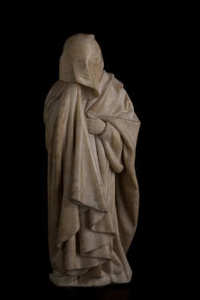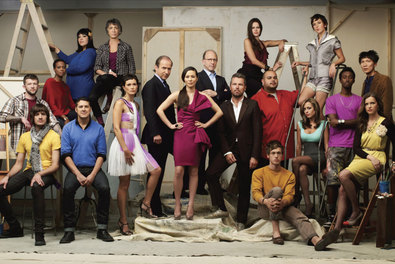 “EVERYONE IN GRAND CENTRAL AGOG AND SMILING. ALL JUST FEELING GOOD.”
“EVERYONE IN GRAND CENTRAL AGOG AND SMILING. ALL JUST FEELING GOOD.”
That’s what Edward Steichen telegraphed Kodak upon viewing a Colorama in 1950, and that’s how many of those giant color panoramic images in Grand Central Terminal were indeed greeted by New Yorkers for 40 years. Coloramas ended in 1990, and while the restored Grand Central is beautiful on its own, they’re missed.
Now comes news that you can see them again, and that they have a new home: no surprise, it’s the George Eastman House in Kodak’s (and my) hometown, Rochester. Kodak has donated its entire trove of 565 that were put on display to the Eastman House. Kodak has also surrendered several thousand other items, such as images intended as Coloramas, but never displayed featured, and research documents, negatives, guide prints, proof prints, model releases, and digital files.
For those who don’t remember the images, here’s a description from the press release:
Coloramas were promoted by Kodak as ‘the world’s largest photographs’ and called “technically remarkable” by Ansel Adams, who photographed several. The towering backlit transparencies were 18-feet high and 60-feet wide, each illuminated by more than a mile of tubing.
…Making the exposures for each display was a full day’s work in almost total darkness. In early years the wet 20-foot transparencies were dried overnight in the swimming pool at Kodak’s employee recreation center — the only building large enough to accommodate Coloramas-in-the-making.
The Eastman House has organized a show, opening June 19, which will travel internationally, of 36 of the images — though not even one fits in the museum. It’ll focus on the ’60s, showcasing cowboys in the Grand Tetons, waterskiers in Florida, children breaking wishbones on Thanksgiving, tourists at the Taj Mahal, snowmobilers in New Hampshire — Norman Rockwell images, which is what some were. Other simply broadcast beauty.
It’s been 20 years since the Coloramas were last seen, and it’s great to learn that they’re back.
You can read more details here. It should make us “agog” again and smiling.
Photo Credit: Jim Pond. FAMILY IN CONVERTIBLE SOMEWHERE IN TEXAS, June 3-24, 1968. © Kodak



 This is about the web. I was so entranced by The Mourners site, which offers visitors a chance to rotate “digital high-resolution, multi-perspective, and stereo 3D photography of these masterpieces,” that I contacted the webside designer/art director,
This is about the web. I was so entranced by The Mourners site, which offers visitors a chance to rotate “digital high-resolution, multi-perspective, and stereo 3D photography of these masterpieces,” that I contacted the webside designer/art director,  Here goes:
Here goes: